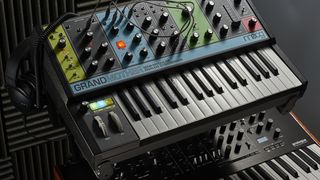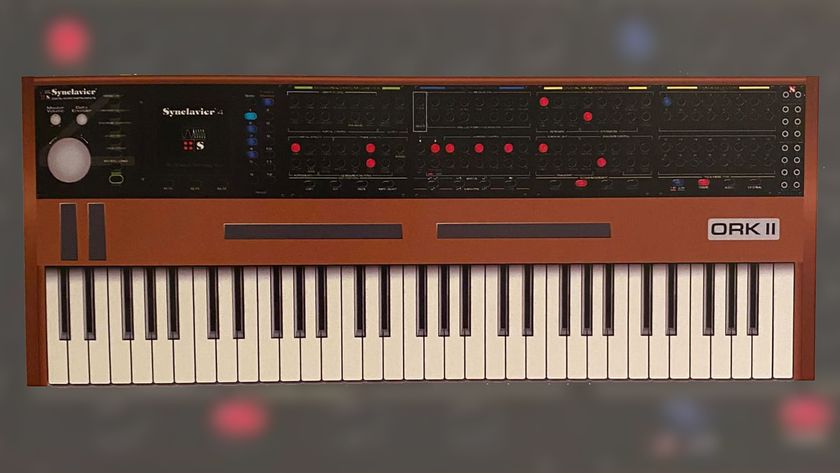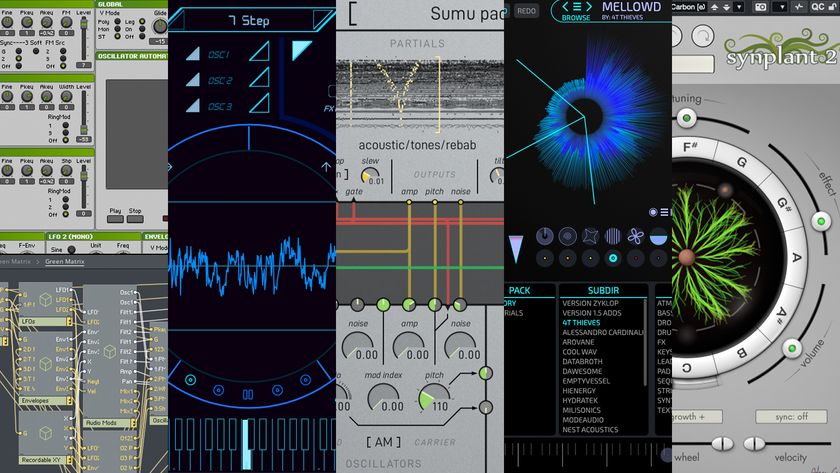5 things you will love about the Korg Minilogue XD
A quintet of featured facts
NAMM comes but once a year and wh… ok, twice a year, but everyone gets really excited about the winter one. Of course it’s so exciting that some people really can’t wait.
Korg is among the chief offenders of showing about as much patience as a five year old when it comes to announcing products. It’s managed to jump that particular firearm a whole week early, with the news of the Minilogue XD and what the Japanese firm is calling “Analogue, evolved.”
Of course, there’s nothing really groundbreaking here, as we’ve already pointed out in our initial news article: The XD is the culmination of a lot of great features that have been developed since the launch of the original Minilogue and used in other synth products.
Here are five new features from the Korg Minilogue that we think you’ll love...
1. New engine
The digital multi-engine is where it’s all at with the XD, hence the name - Xtra Digital… we assume. The digital engine is presented as a third oscillator and features Variable Phrase Modulation, Noise and User waveforms. It’s the latter, which is probably the most interesting. While it may come pre-loaded with a morphing wavetable waveform, there are 16-user slots for you to fill with your own creations and download from the internet.
2. Improved effects section
The XD boasts the same effects section form the Prologue, which deploy 32-bit floating point DSP processing. Modulation, reverb, and delay can be used simultaneously, letting you choose from a wide range of variations including chorus, ensemble, warm tape delay, and a diverse variety of reverb. The user effect slots allow you to load your own effect programs that you've created.
3. Better sequencer
One slight misgiving with the Minilogue was the 16-step sequencer spread over eight buttons and two pages, something that was rectified for the Monologue and carries over to here, it just makes sense.
Get the MusicRadar Newsletter
Want all the hottest music and gear news, reviews, deals, features and more, direct to your inbox? Sign up here.
4. More I/O
A stereo output is a must on a polysynth with stereo effects and a welcome addition to the XD. Along with the Sync in and out, we're also treated to two CV ins, with voltage levels of -5V–+5V. In addition to CV/Gate, these can also input modulation signals, allowing you to use external devices to control parameters in the same way as moving the joystick up or down. Talking of which...
5. Joystick
OK, so we're guessing this is a pretty divisive one with users. No doubt there will be a camp that will that is fully disgusted with the lack of pitch and mod wheels and perhaps a few of you will bemoan the fact that you've just got used to the diagonal switch thing from the original. Whatever your standpoint, we think you should stick with it (sorry). While it might take a little while getting used to, it may well prove a very useful sound designing tool with any desired parameter assigned to the up/down axis.



I take care of the reviews on MusicRadar and Future Music magazine, though can sometimes be spotted in front of a camera talking little sense in the presence of real musicians. For the past 30 years, I have been unable to decide on which instrument to master, so haven't bothered. Currently, a lover of all things high-gain in the guitar stakes and never one to resist churning out sub-standard funky breaks, the likes of which you'll never hear.













